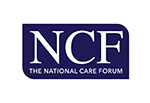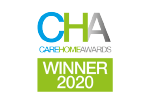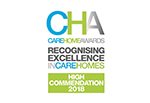We’re discussing how many care staff per resident you need in a care home to deliver the best possible person-centred care
When it comes to ensuring safe staffing levels in any type of care setting, there is no one solution or one ratio to meet. It very much depends on a number of factors, such as the needs of your residents, the number of staff you have available, the geography of the home and many more. So, we’re going to discuss what you need to consider when thinking about how many care staff per resident you should have in your care home.
Safe staffing levels can’t really be quantified in a one-size-fits-all formula. In other words, even though traditional models exist, it’s not ideal to just say that you should have a ratio of 1:5, or 1:10 and stick to that no matter what variables might exist. If you stick to rigid formulas for staffing, as has been the case with a lot of care homes in the past, then you are not maximising the energy and time resources of your staff and may find yourself in situations where you are understaffed, overstaffed or the staff you have facing issues like burnout and poor work-life balance.
If you are a manager, then it’s your responsibility to gain a sufficient level of understanding of all the factors that contribute to safe staffing levels and then make educated assumptions of what is required and when and in what mix, and of course be open to the fact that this will change over time.
The best way to get ahead in this type of decision-making is to take any decision that isn’t judgement and experienced based out of the equation. For example, using a staff dependency tool will help you allocate staff in the right places and at the right mix to ensure that staffing levels are reaching the desired threshold so as to ensure good standards of care and adherence to regulations.
The regulations around safe staffing
As detailed below, for the main regulatory bodies in the UK, including England, Wales and Scotland, there is no precise number on what constitutes safe staffing. Instead, they outline the things to consider to ensure that safe staffing levels are achieved. So, when you’re thinking about how to ensure safe staffing levels, you should consider the following:
Regulation 18(1) in England for the CQC
- "Sufficient numbers of suitably qualified, competent, skilled and experienced persons must be deployed in order to meet the requirements of this Part."
Regulation 34 in Wales for the CIW
- "The service provider must ensure that at all times a sufficient number of suitably qualified, trained, skilled competent and experienced staff are deployed to work at the service."
Health and Care (Staffing) (Scotland) Act 2019 for the CI
- "Any person who provides a care service must ensure that at all times suitably qualified and competent individuals are working in the care service in such numbers as are appropriate for-
(a) the health, wellbeing and safety of service users,
(b) the provision of safe and high-quality care, and
(c) in so far as it affects either of those matters, the wellbeing of staff."
How many care staff per resident: the importance of getting it right
Adequate staffing is probably the most foundational component of what it takes to provide good person-centred care; without it, everything else is likely to suffer. Put simply, no matter how committed they are, care staff will almost never be able to provide the level of care they want to or are capable of if they are hamstrung by staffing inefficiencies.
But getting it right means they are ensuring not just resident safety but overall wellbeing as well because a ratio that is as high in terms of staff to residents as possible means more attention can be given to individual needs, especially ones that go beyond clinical care and focus on providing emotional and intellectual support and stimulation.
For example, the right levels of staffing in care homes, with the right skills mix, means that personal care is carried out to the highest standard possible. This is the foundation of care and seen more as a ‘given’ these days than something that showcases outstanding ratings, but it will always remain extremely important, nonetheless. Besides this, there is also emergency response situations to be considered. Having better and more intelligent staffing ratios means that there are more staff on hand to respond to emergencies that can’t be accounted for when thinking about the initial setting up of staff levels.
Also very important is having the time for staff to engage with residents in a way that supports emotional, social and intellectual wellbeing. Sometimes, when staff time is stretched thin, they will simply not have the time or mental energy to be thinking about things that could improve the mental and emotional wellbeing of residents. Things like activities that spark meaningful memories or planning days out – these types of things require time and energy to organise and actively participate in, and better staffing levels can help to achieve this. Not only this, but staff also need time to perform tasks such as documentation, engaging with healthcare professionals and families.
Perhaps just as important as the wellbeing of residents is the wellbeing of staff, as one can rarely, if ever, exist without the other. If staffing is not at the right level, then this will lead to increased workload for each member of staff. Not only does this mean they might not have the time to engage with residents or do the things that residents enjoy doing, but it also means that burnout in staff is more likely.
As a result, this means that the job satisfaction for staff will be compromised and ultimately this will have negative impacts on the retention and recruitment rates for care homes, which have been suffering in recent years as care staff find themselves overworked and underpaid.
Traditional ratio models are inefficient
Studies have consistently shown that dependency in care homes has risen exponentially over the last 15 years. According to a report conducted by Savills: “much of Europe has an increasingly aging population. That results in more people needing increasingly complex care, and for longer periods of time.”
They also concluded that, “the old age dependency ratio [the number of people 65 or older compared to the number of working-age people] is also increasing sharply – there are more older people being supported by fewer working-age people.”
Traditionally, it has often been the health authorities that determined staffing levels in nursing homes and local authorities doing likewise in residential care settings. These determinations were often based on pre-set ratio models of 1 to 5 in the morning - 1 carer per 5 residents in the morning, 1 to 8 in the afternoon and 1 to 10 at night.
Some homes are still working to these models which, as mentioned above, in an increasingly complex, challenging and demanding care environment are proving inadequate to provide the foundation for person-centred care, which is the effective distribution of staff hours and staff skill.
What factors influence how many care staff per resident you need in your care home?
One of the main reasons that these models above are inherently flawed is that they don’t really take into account some of the main factors that influence decisions on safe staffing levels. For example, dependency can have a significant impact on the decision of staffing and that can change very quickly.
A static ratio of something like 1:8 does not account for changing needs of residents, nor does it account for things like cognitive conditions that may require more specialised staff or even for things like the geography of a care home – if a care home is not purpose built and instead renovated from an older manor house, for example, then travelling to and from rooms will take much longer. It’s seemingly smaller details like this that can sometimes make quite a big difference and it’s something people don’t always consider.
Making the right decision on how many care staff per resident – use your expertise and experience and let data handle the rest
Even though there is no universal number that constitutes safe staffing, and that every care home will face different challenges and have different needs and therefore require different levels of staffing, what is still very important is that you use your experience to make informed predictions and observations on staffing and needs that can help to keep staffing at the right level.
The best way to make the most out of the care staff you have, ensuring the right skill mix and numbers to achieve good levels of care alongside regulatory compliance, all the while ensuring that you don’t find yourself understaffed, overstaffed, or dealing with issues like staff burnout or recruitment difficulties, then you need to be sure that your experience in gauging need is being harnessed in the best way.
Until now, estimating staffing levels was just that – it was an estimation. It was never an exact science even for the most experienced managers, but now with staffing and dependency tools like the one offered by Person Centred Software, you can take all the guesswork out of staffing and be confident that you are making the most of your staffing resources available, that you are achieving the right skill mix, that staff worklife balance is a priority and that residents are receiving the best care possible.
Until now, there has been no one answer for the right number of staff, but with our staffing and dependency tool, you can finally find the exact number you need for your care home.
Everything you need to know
To find out more about how our staffing and dependency tool works, you can click here to download our full guide.


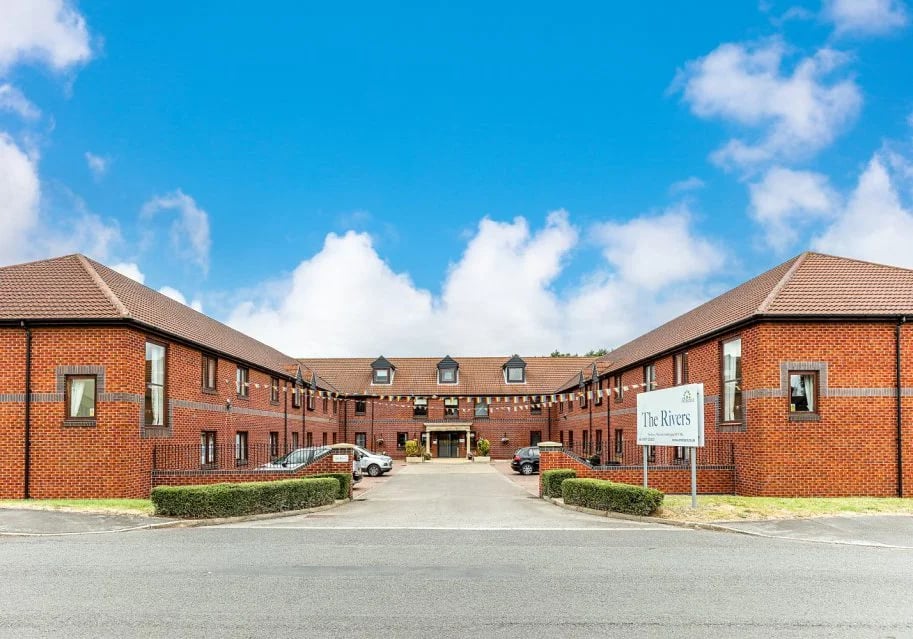
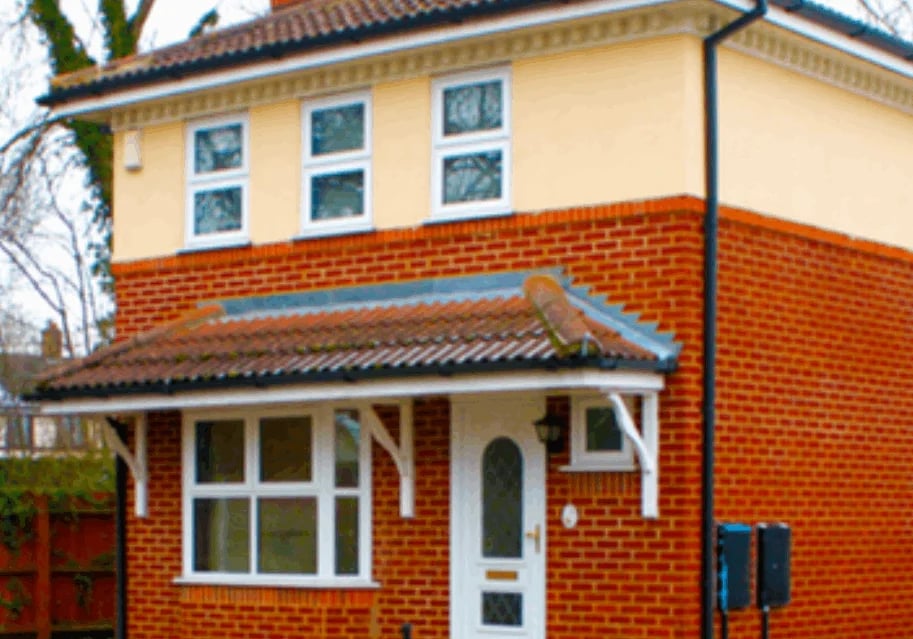

.jpg?width=1000&height=667&name=shutterstock_2012695325%20(1).jpg)
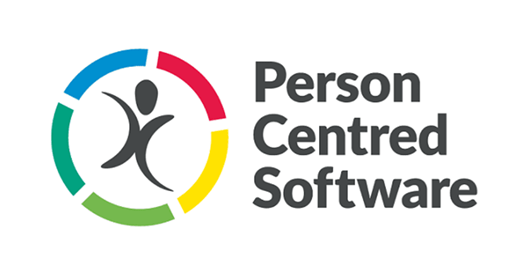
.jpg)
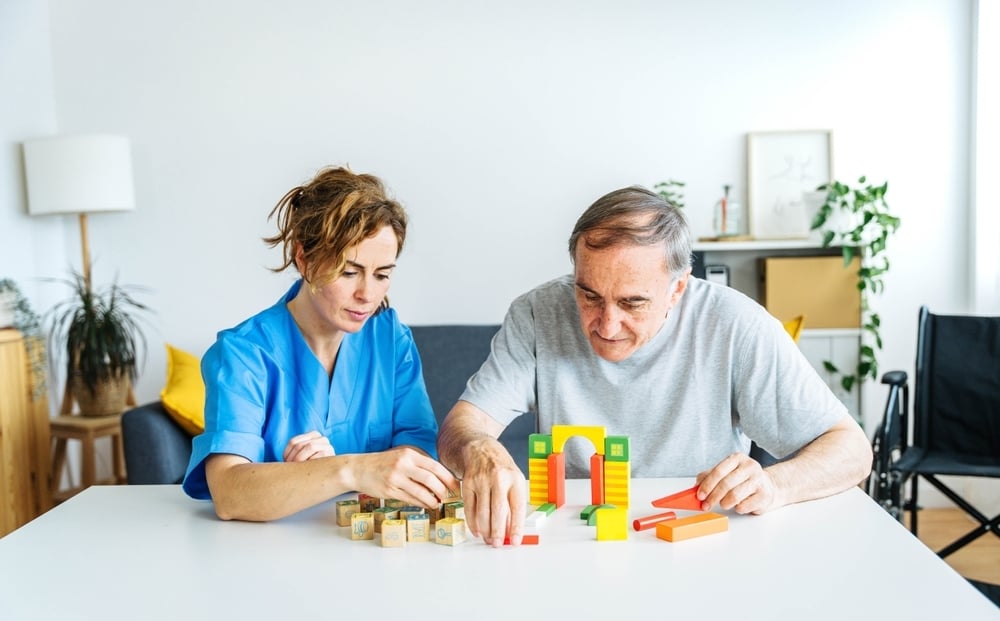
.webp?width=80&height=80&name=HTD%20Awards%202023%20Badge%20(4).webp)




